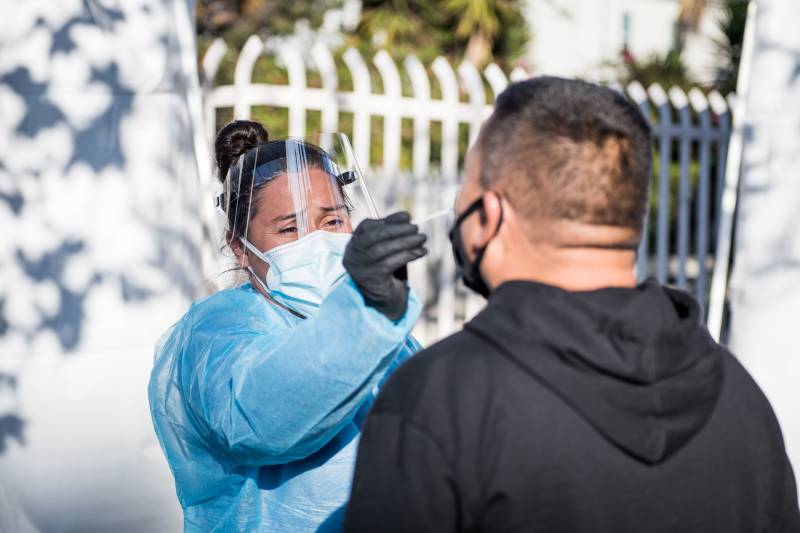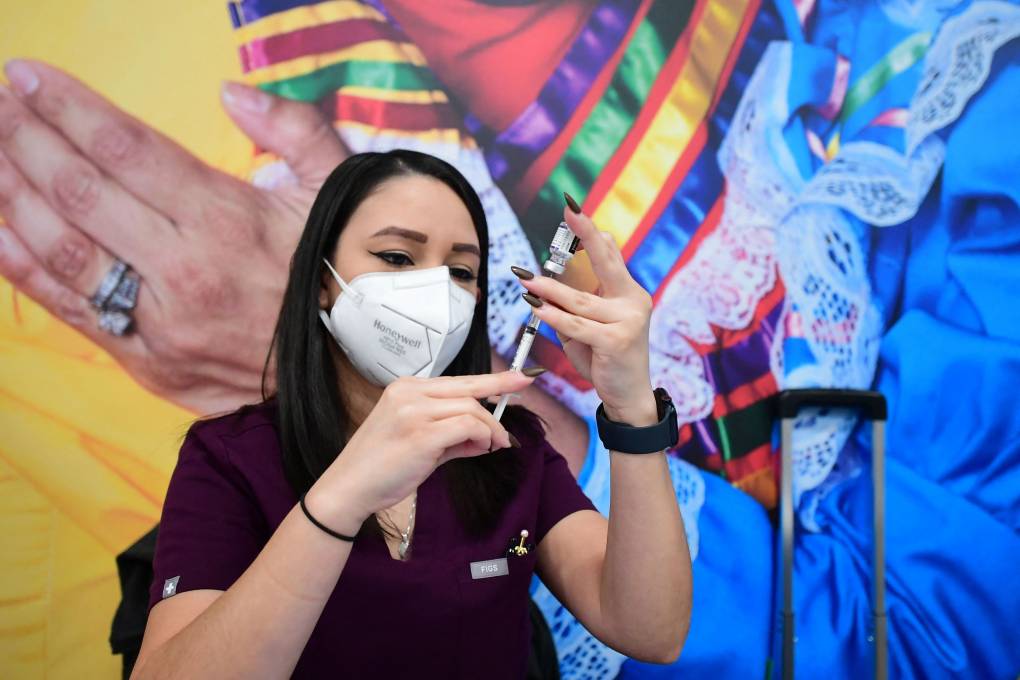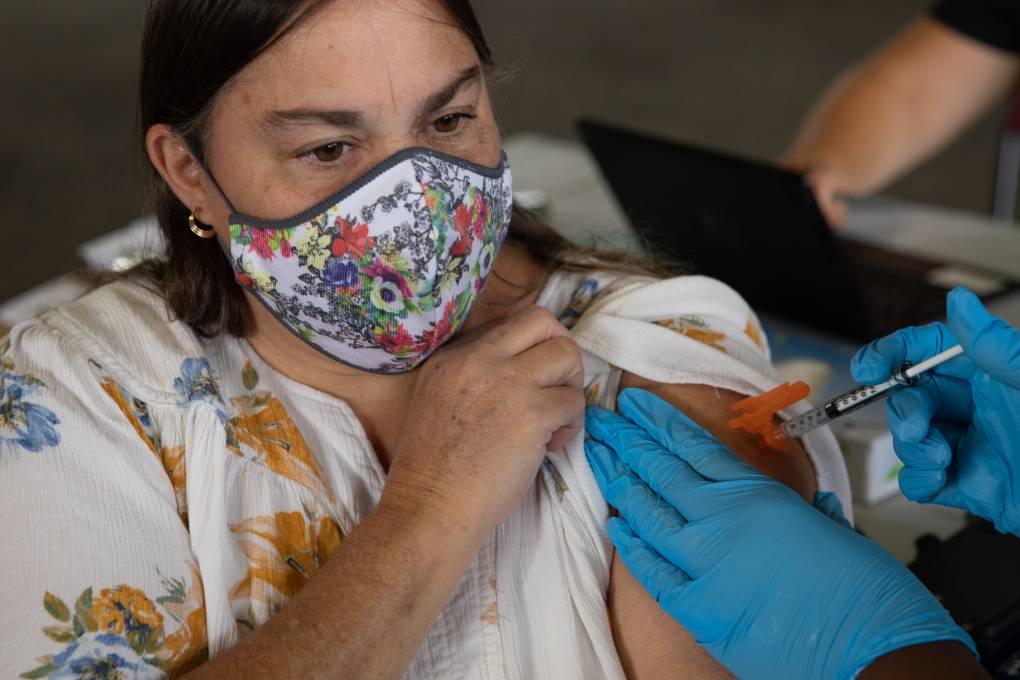Breaking down the new isolation rules
The isolation rules are for people who are infected. They are the same for people who are unvaccinated, partly vaccinated, fully vaccinated or boosted. They say:
- The clock starts the day you test positive.
- An infected person should go into isolation for five days, instead of the previously recommended 10.
- At the end of five days, if you have no symptoms, you can return to normal activities but must wear a mask everywhere — even at home around others — for at least five more days.
- If you still have symptoms after isolating for five days, stay home until you feel better and then start your five days of wearing a mask at all times.
Breaking down the new quarantine rules
The quarantine rules are for people who were in close contact with an infected person but not infected themselves. They say:
- For quarantine, the clock starts the day someone is alerted they may have been exposed to the virus.
- People who are vaccinated but not boosted, people who are partly vaccinated and those who are not vaccinated at all can stop quarantine after five days if they wear masks in all settings for five days afterward.
- People who got booster shots can skip quarantine if they wear masks in all settings for at least 10 days.
That’s a change. Previously, the CDC said people who are not fully vaccinated and who came in close contact with an infected person should stay home for at least 10 days. Also previously, people who were fully vaccinated — which the CDC has defined as having two doses of the Pfizer or Moderna vaccines, or one dose of the Johnson & Johnson vaccine — could be exempt from quarantine. Now only people who've had booster shots are exempt.
Is there still a risk of infection after five days?
Suspending both isolation and quarantine after five days is not without risk.
A lot of people get tested when they first feel symptoms, but many Americans get tested for others reasons, like to see whether they can visit family or for work. That means a positive test result may not reveal exactly when a person was infected or give a clear picture of when they are most contagious, experts say.
When people get infected, the risk of spread drops substantially after five days, but it does not disappear for everyone, said Dr. Aaron Glatt, a New York physician and spokesperson for the Infectious Diseases Society of America.
“If you decrease it to five days, you’re still going to have a small but significant number of people who are contagious,” he said.
That’s why wearing masks is a critical part of the CDC guidance, Walensky said.



